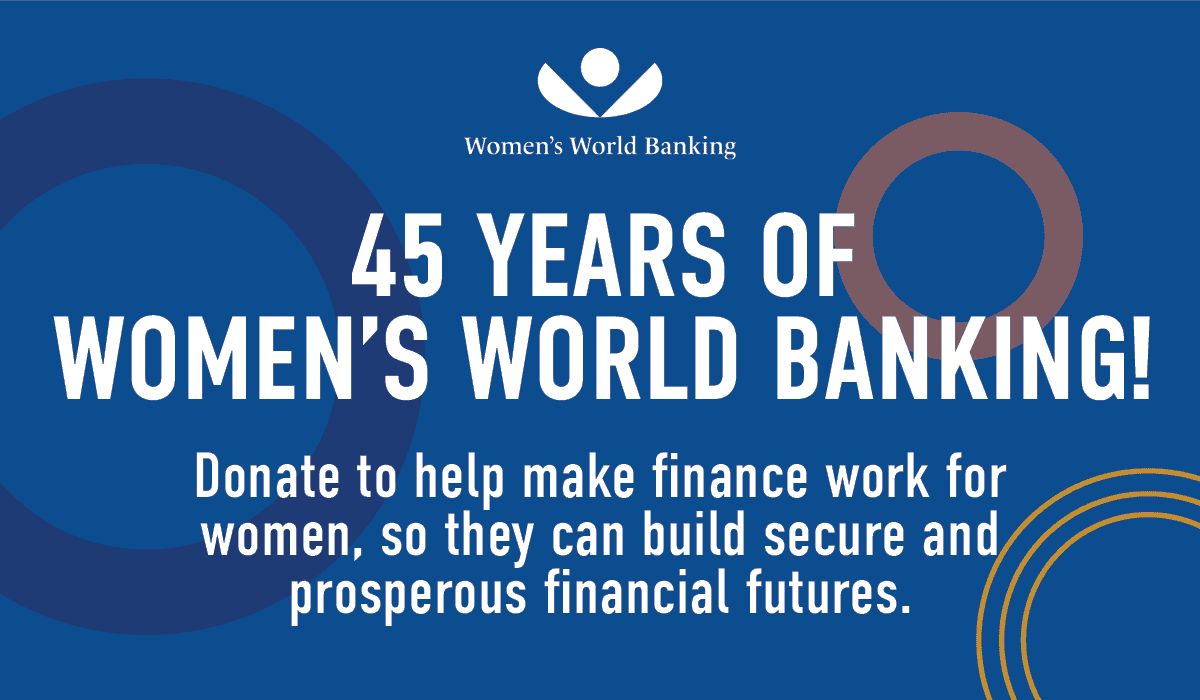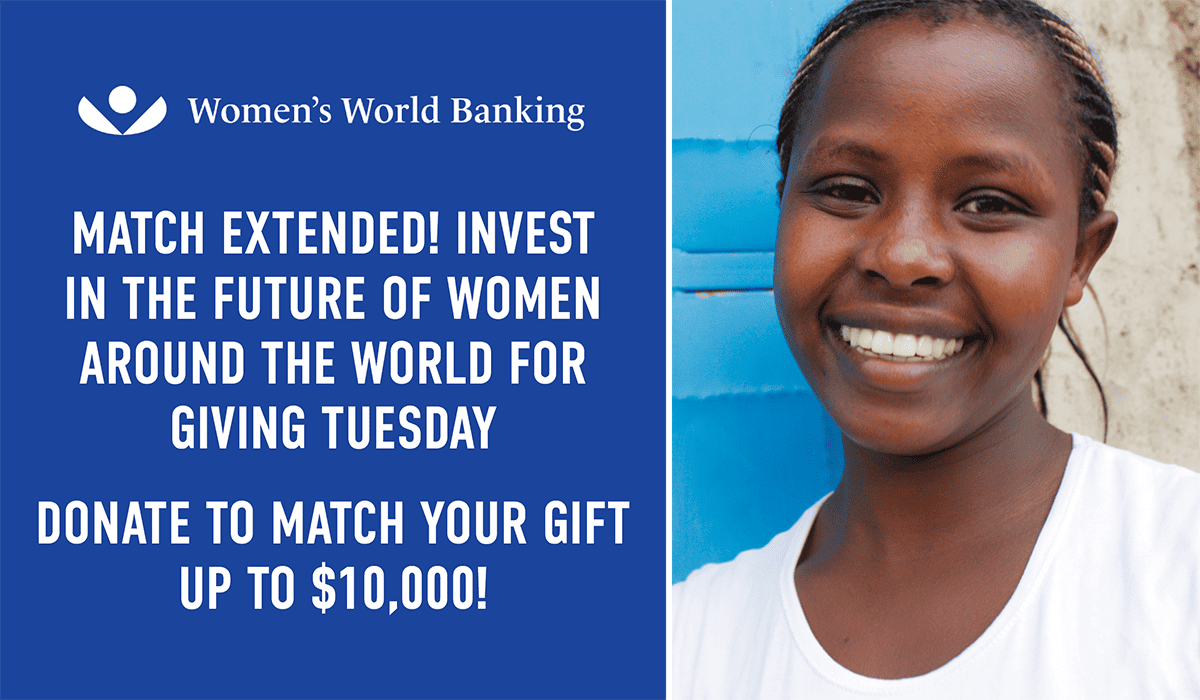Digital credit is transforming access to finance for millions of low-income consumers, especially women, by providing instant, mobile-based loans that help families cover emergencies, invest in small businesses, and smooth daily expenses. But this same accessibility is also fueling a silent crisis: overindebtedness.
This new policy brief by Women’s World Banking and GSMA explores how the rapid expansion of digital credit, through products such as instant mobile loans and Buy-Now-Pay-Later (BNPL) schemes, is reshaping financial inclusion across emerging markets. While these innovations bring convenience and flexibility, they also introduce new risks that can trap consumers, particularly women, in cycles of debt.
Key Insights
1. Overindebtedness is rising globally.
In low- and middle-income countries, easy access to credit has outpaced consumer protection. In Kenya, 86% of borrowers reported late or partial repayments last year, while 70% did so in Tanzania, well above rates in India or Ghana. In Southern Africa, an estimated 12 million adults are overindebted, with three-quarters using loans to meet essential needs like food.
2. Women face disproportionate debt burdens.
Women’s overrepresentation in informal work, lower earnings (77 cents for every dollar earned by men), and heavier unpaid care responsibilities heighten their financial vulnerability. In the United Kingdom, 64% of people seeking debt advice are women; in France, women represent 55% of debtors aged 25–54. These trends reveal how structural inequalities compound the risks of digital borrowing.
3. Instant mobile credit and BNPL products expand access but lack guardrails.
Mobile loans are often approved within minutes with little affordability assessment or transparency. In Kenya, more than 7 million people have been negatively listed with credit bureaus due to defaults on mobile loans. Meanwhile, BNPL products, designed to feel low-risk, encourage impulse spending and “invisible” debt accumulation, often without clear repayment terms or protections.
4. Data and design can amplify gender bias.
Digital lenders increasingly rely on alternative data, such as phone usage, location, and online behavior, to assess creditworthiness. Yet these models can unintentionally penalize women, who are 8% less likely to own a mobile phone and 14% less likely to use mobile internet in low- and middle-income countries. If unregulated, algorithmic bias risks excluding or overcharging creditworthy women.
5. Responsible innovation is possible and essential.
Integrating digital credit data into traditional credit scoring, promoting transparency in loan terms, and embedding women-centered design principles can create safer and more inclusive credit systems. Financial service providers and regulators must also invest in financial literacy and cross-platform debt monitoring to prevent borrowers from falling through the cracks.
The Path Forward
To ensure digital credit empowers rather than endangers, the brief calls for:
- Integrating instant mobile credit into traditional credit scoring systems.
- Strengthening consumer protection and transparency standards.
- Promoting financial literacy—especially for women and youth.
- Using women-centered design to build safer, more inclusive financial products.
- Encouraging proportionate regulation to unlock innovation while safeguarding consumers.
By combining responsible product design, data equity, and policy reform, digital credit can be a catalyst for women’s financial empowerment and not a source of new inequality.



